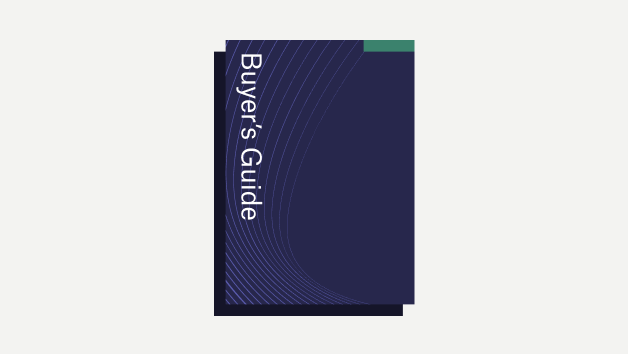Buyer's Guides

Buyer’s Guides act as a downloadable directory for industry buyers actively searching for a product or service. Our Buyer's Guides contain detailed information on the suppliers and their product lines, alongside contact details to aid your purchasing decision.
Military vehicles come with different power pack configurations to perform a variety of missions across a spectrum of environmental and terrain conditions.
Defence forces continue to adopt the best-in-class training procedures that enhance the productivity and preparedness of the troops to quickly respond to and counter asymmetric threats in the most challenging warfare scenarios.
The Internet of Things (IoT) used in the military is often referred to as the Internet of Military Things (IoMT). The technology brings together multiple command, control, communications, computers, intelligence, surveillance, and reconnaissance (C4ISR) systems and other infrastructure into a single ecosystem. It enables these systems to communicate and share information, which can be used by forces to acquire full situational awareness and control of conflict zones.
Cyberattacks are a common risk facing both defence and non-defence sectors and are often termed low-intensity warfare although such attacks can cause major economic, political, and military losses. Countries and militaries can protect themselves from cyberattacks through cooperation and by gaining support from organisations such as NATO to develop collective defences.
Modern battlefield challenges require a quick and constant exchange of data, which can be readily used by the forces to gain an advantage over enemies. Cloud enables sensors, services, and agencies to interconnect, giving forces the necessary superiority and acting as a force multiplier.
Artificial intelligence (AI) applications can make military operations more efficient and accurate, potentially reducing costs in the long term.
Militaries require customised and reliable messaging and communication software solutions for enhanced force protection, faster distribution of orders and messages, swift coordination, shared situational awareness, and agile battle management.
Militaries and law enforcement agencies require reliable and secure personal and vehicle identification systems to effectively manage their vehicle assets and manpower, easily distinguish between friendly and enemy vehicles and personnel, as well as quickly plan and execute the movement of forces.
Military personnel are exposed to a host of threats including blunt force trauma, ballistic and blast-related effects, as well as chemical, biological, radiological, nuclear, and high yield explosive (CBRNE) hazards.
Major armed forces around the world are adopting sophisticated military land vehicles to improve their warfare capability and maintain a competitive edge in the face of modern threats that are posed by insurgency, terrorism, and cross-border conflicts. Leading military vehicle manufacturers continue to innovate within the defense sector, creating more effective and efficient designs with each iteration of vehicle production.
Making the perfect choice for engines and propulsion systems is essential for gaining a tactical advantage over enemy aircraft in combat scenarios.
Cloud computing’s importance has grown significantly in recent years. It has enabled the use of shared IT infrastructure and services to create a flexible, scalable, and on-demand IT environment. Cloud is now the dominant model for delivering and maintaining enterprise IT resources, including hardware, software and platforms and tools for application developers.
Robotics systems are continuously being integrated into the force structures of militaries around the world. Although their market is now growing quickly, at times exponentially, their introduction has not been an easy process.
Deploying technologically superior military aircraft has become imperative to strengthen a nation’s land, air and sea-based defence capabilities providing significant opportunities to not just the largest military aircraft manufacturers but also to smaller players. Rapid advancements in aerospace technologies have led major armed forces around the world to replace and modernise their ageing military aircraft fleets.
Deploying high-performing air force weapons and combat aircraft is about more than just protecting a country’s airspace and projecting a formidable air power. What gives an edge in the arena of modern warfare is the type, numbers, and capability of weapons that the aircraft are armed with.
Command and control systems offer situational awareness to naval forces to enhance their decision-making and provide a tactical advantage in complex environments.
Effective, secure and reliable communication systems constitute the backbone for controlling and connecting various naval platforms in routine intelligence, surveillance and reconnaissance operations, as well as during intense military engagements at sea.
Navies are in constant need of innovative and upgraded software to ensure efficient network-centric operations with faster and more secure information exchange between ships and from ships to shore and aerial platforms.
Naval forces seek to gain a competitive edge over adversaries by arming their submarines, surface combatant ships, aircraft and helicopters with advanced weapon systems featuring better distance accuracy on fast-moving targets.
While navies use different types of submersible vessels to perform underwater missions, submarines constitute a crucial element of a country’s naval arsenal. Submarines that are armed with strategic nuclear missiles can also act as a credible and continuous nuclear deterrent against adversaries in a war.